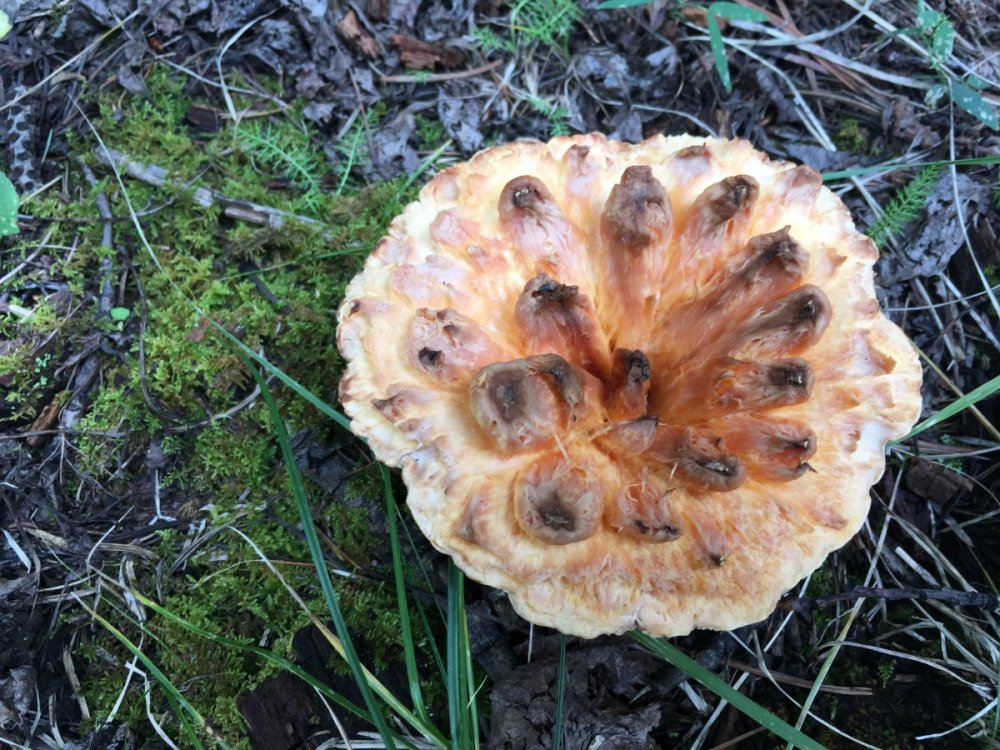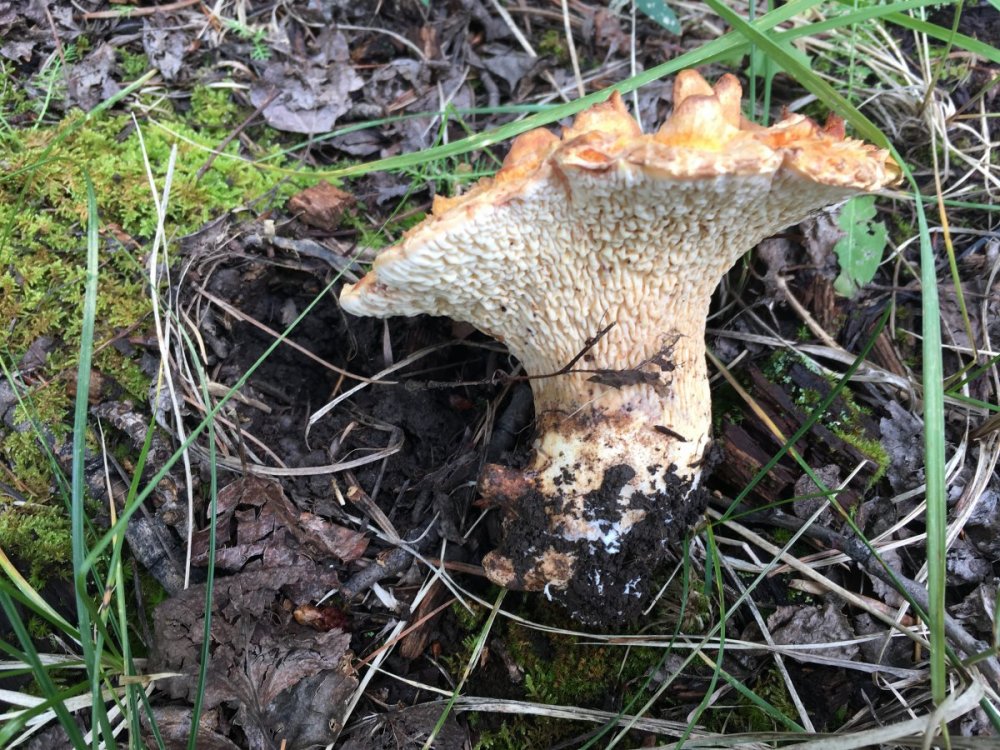-
Posts
127 -
Joined
-
Last visited
Everything posted by Dig
-

Please help ID this Pacific NW find
Dig replied to DapperDanMan's topic in General Mushroom Discussion
I lean more towards Cantharellus cinnabarinus. A photo of the top would be helpful. I have found loads of Gomphus floccosus (shown in pics) and they are usually much larger and more squat until large size is achieved. -

Florida Reishi Mushroom edibility growing on oak
Dig replied to HeroStatus's topic in Identifying Mushrooms
Re “red belted polypore” I have found them growning on aspens often where I hunt. I also have never found one with a stipe as shown above. I concur with Ganoderma ID. -
double post
-
Dutch elm seems nonexistent down here in El Paso. I also didn’t have not seen it anywhere I have been in Texas. However the most common elm is the trash tree, siberian elm ‘Ulmas pumila’. I have an 20-30 year ‘Ulmas parvofolia’ lacebark elm a few houses away that is super happy. There are also a few native elms north of me in wetter areas that seem disease free.
-
Unfortunately due to a lack of information I doubt you will get an answer.
-
Hello. More photos/spore print is helpful. Showing the underside of the cap would be useful too.
-
Great find. Thanks for sharing.
-
I believe I see veil remnants along the stipe, especially with the last picture. Possibly this recent thread is worth a look.
-
1. What trees are in the area? 2. General location 3. Do I notice blue bruising on the underside of the cap? 4. Spore print color? 5. smell/taste (I would taste, and spit, the younger specimen).
-
I would suggest room temperature for spore prints vs the fridge. Also place a glass bowl or similar on top to help retain moisture.
-
Squirrels (and deer) can eat mushrooms that are toxic to us. Reindeer are known to eat A. muscaria going way back into history.
-
Not either. I don’t know what they are though.
-
Not porcini. I see three different types of mushrooms. It is best to start one thread for each mushroom. Also re boletes, they do not have gills, but rather thousands of tubes that the spores fall from.
-
This looks similar to the western flat-topped Agaricus, Agaricus meleagris. However this mushroom is supposed to have an unpleasant odor. Maybe Agaricus augustis Fr., “prince”, but it is suppose to have an almond-anise smell.
-
I have never found one, so you are one up on me. I have found oodles of scaly vase chanterelles but they are not edible.
-
I would suggest starting one topic each since confusion will occur.
-
I use the Audubon guide with both of David Aurora’s pocket guide and mushrooms demystified, primarily. I am way down south hunting the southern Rockies. Neither are comprehensive by any means and location is paramount for what guide you use. Nomenclature also changes which is a constant burr in my side.
-
I concur. It is my most common and colorful ground mushroom that I find. The only one I am pretty sure of is the yellow one. They seem to have a chameleon skin, changing to whatever suits them. I have only found one specimen that was peppery (very noticeable).
-

Cool variety of mushrooms on today's walk
Dig replied to Sailing Nomad's topic in General Mushroom Discussion
Yes you did. I have never eaten this mushroom, but I have heard it is rather unpleasant. -

New house - Just discovered this mushroom cluster in backyard
Dig replied to Marc wass's topic in General Mushroom Discussion
The pinholes are grubs or worms eating the mushroom btw. -
We need more pics. Bisecting is great as well as a shot of the gills. Did you take a spore print?
-
Looks like a russula type of mushroom. The spore print also seems correct. The stipe (stem) should snap like a piece of chalk too. But I have no idea what species. They all look so similar in this genus.
-
You are in a fantastic area for mushroom hunting. I am curious which ID book are you using?



